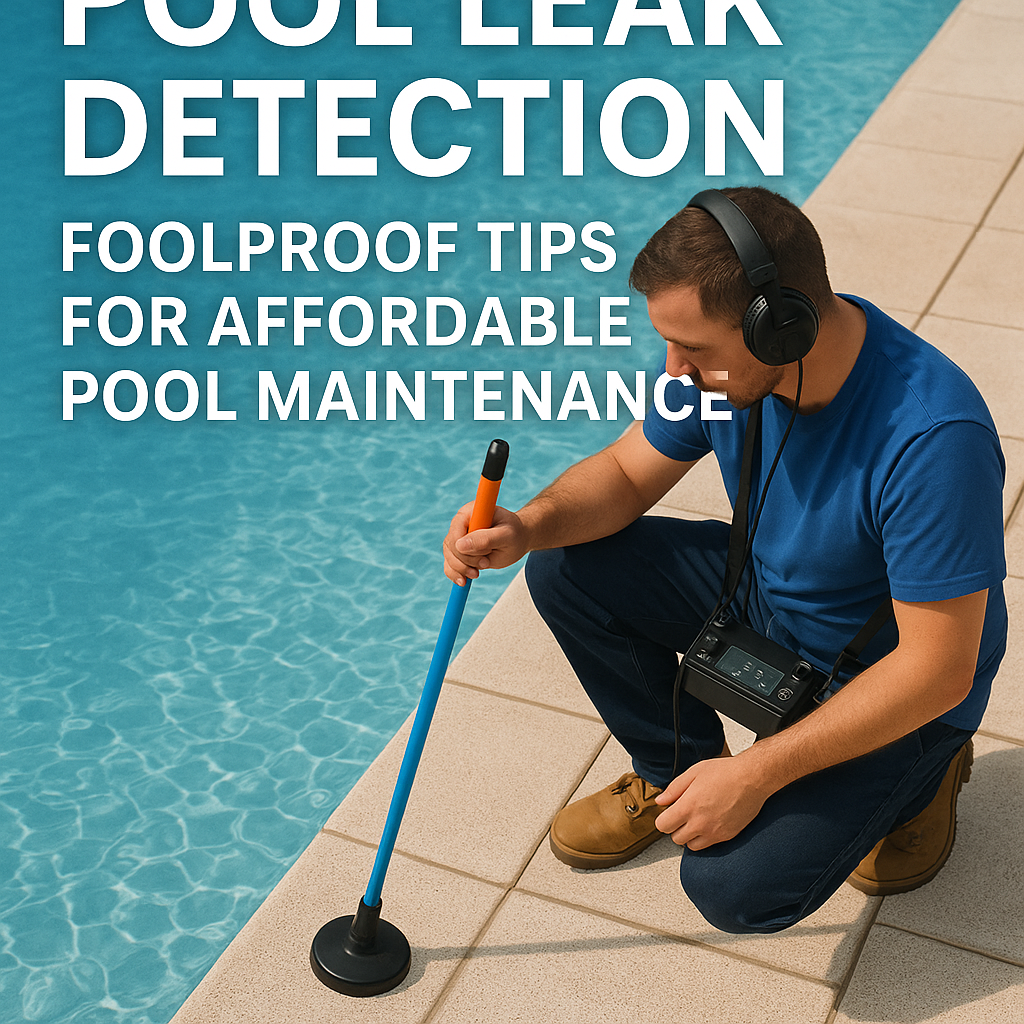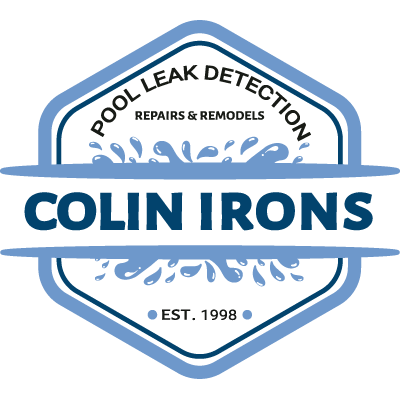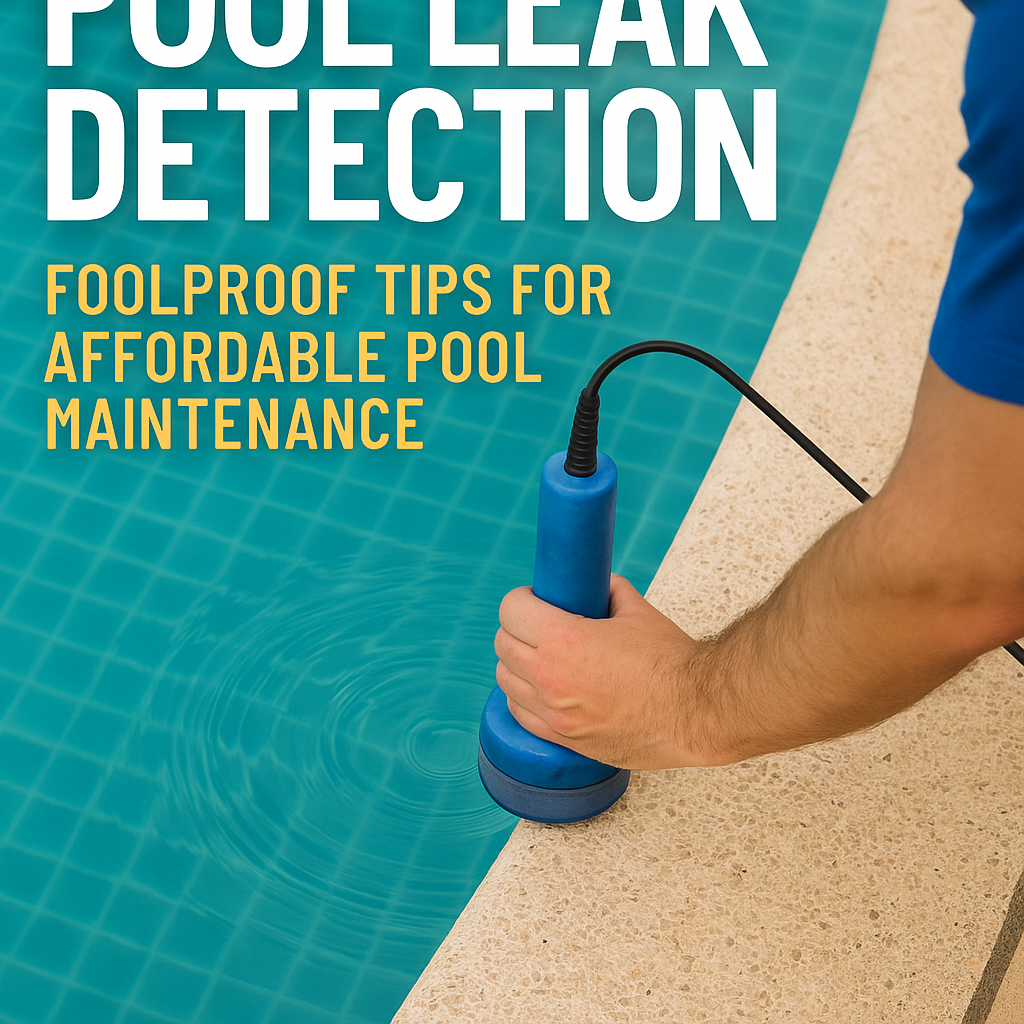Pool leak detection is the first step towards effective pool maintenance. It ensures that your private oasis remains in top condition, providing you and your guests with fun, relaxation, and exercise throughout the warm months of the year. Moreover, being aware of pool leaks can save you from future problems and expensive repairs. In this article, you’ll discover some foolproof tips on how to maintain your pool at an affordable rate with the primary focus on pool leak detection.
Essential Information on Pool Leak Detection

Before wading into the core details of detecting and repairing pool leaks, it’s vital to understand why it is significant. Water leaks in your pool can cause loss of water, increased water bills, and even lead to critical damages if left unattended.
Detecting a leak in your pool early can save you a significant amount of money and maintain the integrity of your pool structure and surrounding areas. Pool leak detection mostly involves checking for signs of abnormalities such as a significant drop in water level, an unusually high water bill, or visible damp spots around the pool area.
Practical Guide to Effective Pool Leak Detection
1. Monitoring the Water Level: The water level of your pool is the most straightforward metric to keep an eye on during your pool maintenance routine. Minor fluctuations are entirely normal due to evaporation and usage, but if you are frequently topping up the water level, this may be indicative of leakage.
2. The Bucket Test: One of the most reliable at-home tests to carry out pool leak detection is the bucket test. Fill a bucket to the same level as your pool, place it on a step in your pool, and mark the water levels. Wait for 24 hours, then check the differences. If the pool’s water level has dropped significantly more than the bucket, it points to a leak.
3. Food Coloring Test: In this test, squeeze a small amount of food coloring in the area you suspect leakage. Turn off the water pumps to ensure the pool water is dead still. If there’s a leak, the food coloring will be attracted to it due to the flow of escaping water.
Once you successfully identify a leak, the next step is pool leak repair.
Comprehensive Pool Leak Repair Guidelines
1. DIY Repair: If the leak is minor, perhaps caused by a small puncture in your liner, you can fix this yourself using a pool patch kit. These kits come with all you need to patch up a small hole and can be used underwater, meaning you won’t need to drain your pool.
2. Hire Professionals: For significant leaks or those that are challenging to diagnose, it’s best to call in professional help. Trained experts will detect any pool leaks using specialized equipment and repair the issue, saving you time and potential missteps.
Improved Pool Maintenance Practices
A leak-free pool doesn’t mean you should overlook other aspects of pool maintenance. Regularly cleaning the pool and checking the water balance are crucial in upholding its longevity and cleanliness. Remember that timely inspections and regular maintenance, including cleanups, equipment upgrades, and system checks, constitute proper pool upkeep.
The integration of pool leak detection, repair, and regular maintenance practices will undeniably offer peace of mind. You can comfortably enjoy your pool, knowing that it is in perfect condition. It’s always beneficial to act promptly when you spot changes in your pool condition to avoid escalated costs that could likely result from damage due to neglect.
In conclusion, pool maintenance doesn’t have to drain your pockets. Proactive pool leak detection and timely repair are key to ensuring that small issues don’t snowball into significant problems. With the practical tips provided, you can now maintain your pool cost-effectively, ensuring it remains a lure for summertime fun rather than a source of headaches and unexpected expenses.


